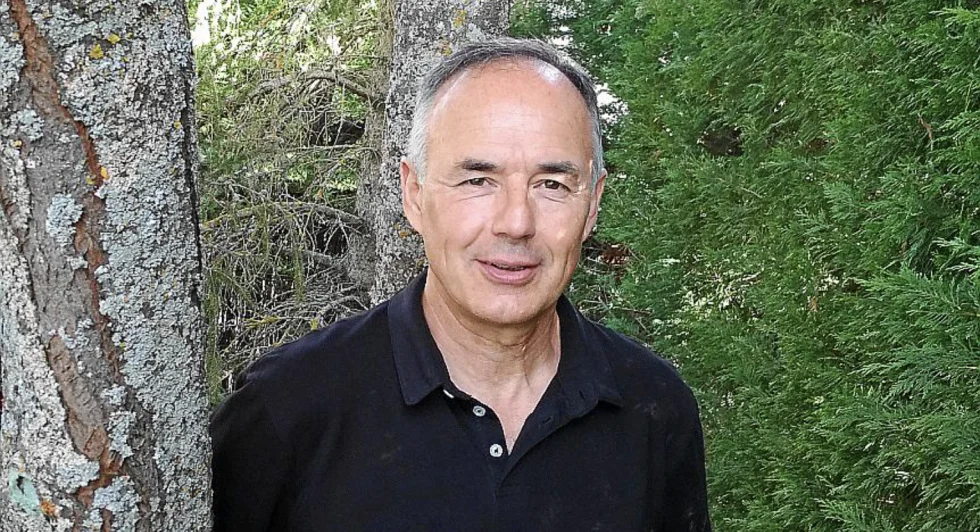The national government committed to defining the operation of a map that would allow users to locate charging points deployed throughout the country by early 2022.
This map was intended to provide users with information about the location of charging infrastructure, accessibility, maximum power, available payment methods, and the type and mode of charging for each connector.
However, more than a year later, the geolocator has not been published yet.
Carlos Bravo Villa, representative of Transport & Environment (T&E), in an interview with Mobility Portal Europe, explains that the charging points are “very poorly distributed.”
“They are concentrated in Madrid, Barcelona, and other major cities, but there are areas that are very underserved,” he says.
As a result, electric vehicle drivers are hesitant to travel through these areas as they cannot guarantee the presence of a charger.
“In 2021, the government announced an interactive map to see in real-time where there are charging points, whether they work, whether they are occupied. But they haven’t done it yet,” describes Bravo Villa.
Currently, this task falls on each company, which means that users have to download multiple apps on their phones to check the availability and location of chargers.
“We need to have a single app where the payment protocol is homogeneous, standardized, and uniform,” he insists.
And he maintains, “In that regard, the government has not done its homework and is falling far behind.“
Insufficient Charging Points: A Hurdle for Achieving AFIR
Additionally, the lack of charging points in some remote areas away from major urban centers is a problem for the transition to electrification of heavy transport.
“The problem lies in ensuring that a transporter can recharge their truck smoothly when undertaking a road trip, with sufficient power and in a timely manner,” he states.
Furthermore, it represents a delay in meeting the objectives set by the European Alternative Fuels Infrastructure Regulation (AFIR).
This regulation sets deployment targets for infrastructure in each Member State.
Members of the European Parliament have agreed that by 2026, charging stations with a minimum power of 400 kW should be installed every 60 kilometers.
These stations should be located along the routes of the TEN-T core network.
By 2028, a power of 600 kW will be required.
Charging points for trucks and buses must be placed every 120 km on major EU roads, with a power range of 1,400 kW to 2,800 kW.
By 2030, governments must implement a minimum of 3,600 kW of charging capacity for trucks every 60 km on major European roads.
On secondary routes, at least 1,500 kW should be available every 100 km.
“Although there is time to meet these objectives, we need Spain to launch the necessary initiatives,” Bravo Villa emphasizes.
“So far, we are falling behind many of our European neighbors,” he explains.
Regarding electric companies, there is considerable interest in making investments:
“The Spanish manufacturing industry for charging points is exporting most of its production because the domestic market is very weak.”
T&E has made proposals to the Integrated National Plan for Energy and Climate (PNIEC), which aims to reduce greenhouse gas emissions by 23% compared to 1990 levels.
To improve transport decarbonization goals, the federation representative emphasizes the importance of prioritizing electricity.
“Electrofuels, i.e., green hydrogen and its derivatives, must be focused on those sectors that are difficult to decarbonize through electrification,” he concludes.








